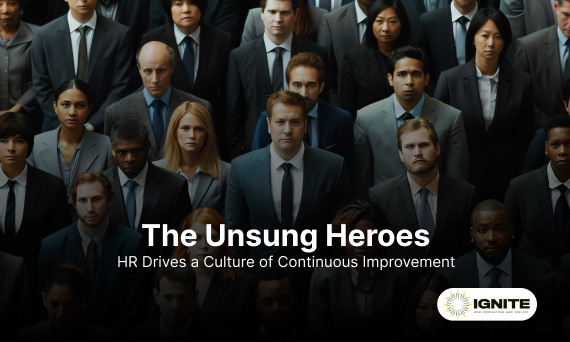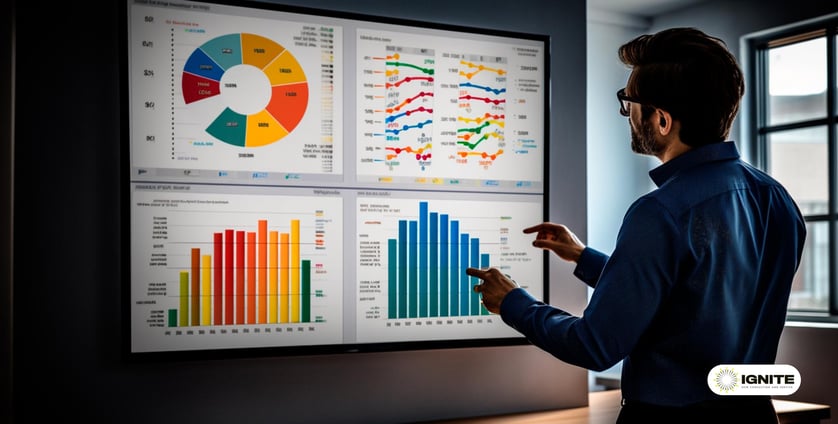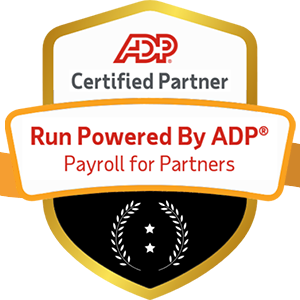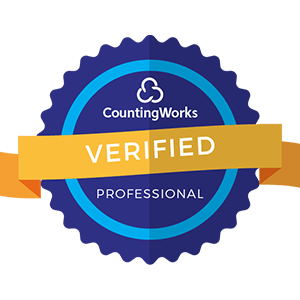
In today's fast-paced, ever-evolving business landscape, organizations must continually adapt and improve to stay ahead of the curve. While much emphasis is often placed on leadership and individual contributors when it comes to driving change, there's an unsung hero that plays a critical role in fostering a culture of continuous improvement: Human Resources (HR).
HR professionals are uniquely positioned to shape an organization's culture, develop talent, and align people strategies with business objectives. By leveraging their expertise and influence, HR can create an environment where continuous improvement thrives. Let's explore how HR can be the catalyst for positive change and help organizations reach new heights.
The journey towards a culture of continuous improvement begins with HR working closely with leadership to define the organization's core values and desired behaviors. These guiding principles serve as the foundation upon which all improvement efforts are built. HR plays a vital role in articulating and communicating these values to employees at all levels.
Core values should be more than just words on a wall; they should be lived and breathed by every member of the organization. HR can bring these values to life by:
Defining desired behaviors is equally important in fostering a culture of continuous improvement. HR can work with leaders to identify the specific behaviors that align with the organization's values and drive improvement efforts. These behaviors may include:

For continuous improvement to take root, employees need to feel empowered to identify opportunities for growth and take action. HR can support this by providing the necessary tools, resources, and training to enable employees to drive change.
Employee development is a critical component of empowerment. HR can design and implement comprehensive learning and development programs that equip employees with the skills they need to excel in their roles and contribute to improvement efforts. This may include:
In addition to formal training, HR can foster a learning culture by encouraging knowledge sharing, mentorship, and cross-functional collaboration. By breaking down silos and facilitating the exchange of ideas, HR creates an environment where innovation and improvement can flourish.
Providing resources and support is another key way that HR can empower employees to drive continuous improvement. This may involve:

Continuous improvement is an ongoing process, and measuring progress is essential to ensure that efforts are yielding the desired results. HR can play a crucial role in establishing metrics and accountability systems that drive improvement.
Key performance indicators (KPIs) should be aligned with the organization's strategic objectives and reflect the desired outcomes of improvement initiatives. HR can work with business leaders to define meaningful metrics that track progress and identify areas for further improvement.
Some examples of KPIs that HR can help establish include:
By regularly monitoring and reporting on these KPIs, HR can hold the organization accountable for progress and ensure that improvement efforts are prioritized and resourced appropriately.
Establishing accountability is equally important in driving continuous improvement. HR can work with leaders to create clear roles and responsibilities for improvement efforts, ensuring that everyone understands their part in driving change. This may involve:
By establishing clear metrics and accountability systems, HR helps create a culture of ownership and responsibility for continuous improvement, where everyone is invested in driving positive change.
Creating a culture of continuous improvement requires more than just setting expectations and measuring progress; it also involves celebrating successes and recognizing those who contribute to positive change. HR can design and implement recognition and reward programs that reinforce the importance of continuous improvement and motivate employees to keep pushing forward.
Recognition can take many forms, from public acknowledgment of individual or team achievements to more formal awards and bonuses. HR can work with managers to identify and celebrate improvement efforts that align with the organization's values and objectives.
Some examples of recognition and reward programs that HR can implement include:
By celebrating successes and rewarding those who contribute to continuous improvement, HR reinforces the value of these efforts and creates a positive feedback loop that encourages ongoing innovation and growth.
Sharing success stories is another powerful way that HR can celebrate improvement efforts and inspire others to follow suit. By highlighting examples of successful improvement initiatives and the individuals and teams behind them, HR can create a sense of pride and momentum around continuous improvement. This may involve:
By actively celebrating and sharing success stories, HR helps create a culture where continuous improvement is not only expected but celebrated and rewarded.
While HR plays a critical role in fostering a culture of continuous improvement across the organization, it's equally important for HR to lead by example. HR professionals must embody the values and behaviors they seek to promote and continuously improve their own processes and practices.
Some ways that HR can demonstrate a commitment to continuous improvement include:
By modeling the behaviors and mindset of continuous improvement, HR professionals can build credibility and trust with employees and stakeholders, reinforcing the importance of these efforts across the organization.
Being transparent about HR's own improvement efforts is another way that HR can lead by example. By openly sharing the challenges and successes of HR's own continuous improvement journey, HR professionals can demonstrate vulnerability and a willingness to learn and grow. This may involve:

Fostering a culture of continuous improvement is not a task that HR can accomplish alone. It requires close collaboration with leadership, managers, and employees at all levels of the organization. HR must position itself as a strategic partner, working side-by-side with business leaders to align people strategies with organizational objectives.
Some ways that HR can collaborate with other functions to drive continuous improvement include:
As the world of work continues to evolve at a rapid pace, the role of HR in fostering a culture of continuous improvement becomes even more critical. The rise of remote work, the increasing importance of diversity, equity, and inclusion, and the growing demand for agility and innovation all present new challenges and opportunities for HR professionals.
To stay ahead of the curve, HR must continually adapt and evolve its own practices and strategies. This may involve:
Fostering a culture of continuous improvement is no easy feat, but the rewards are well worth the effort. By setting the stage with core values and behaviors, empowering employees with the tools and resources they need to succeed, measuring progress and holding the organization accountable, celebrating successes, leading by example, collaborating with other functions, and adapting to the changing landscape of work, HR professionals can be the driving force behind a culture of continuous improvement.
When continuous improvement becomes embedded in the DNA of an organization, the possibilities are endless. Employees are more engaged and motivated, processes are more efficient and effective, and the organization is better positioned to innovate and compete in an ever-changing marketplace.
The role of HR in continuous improvement is multifaceted and critical. From setting the stage with core values and behaviors to empowering employees, measuring progress, celebrating successes, leading by example, collaborating with other functions, and adapting to the future of work, HR professionals have a unique opportunity to shape the culture and drive positive change.
But the work of continuous improvement is never done. It requires ongoing commitment, effort, and adaptation. HR professionals must remain vigilant and proactive, constantly seeking out new opportunities to learn, grow, and improve. They must be willing to challenge the status quo, take risks, and learn from failures. They must be champions of change, even in the face of resistance or setbacks.
The rewards of a culture of continuous improvement are significant and far-reaching. Organizations that embrace continuous improvement are more agile, innovative, and resilient. They are better positioned to attract and retain top talent, deliver value to customers, and achieve sustainable growth and success. And at the heart of it all are the HR professionals who work tirelessly behind the scenes to make it all possible.
So, to all the HR professionals out there: embrace your role as an unsung hero and champion of continuous improvement. Your efforts may not always be in the spotlight, but they have the power to transform organizations and unlock the full potential of your people. Together, we can build a future where continuous improvement is not just a buzzword, but a way of life.


